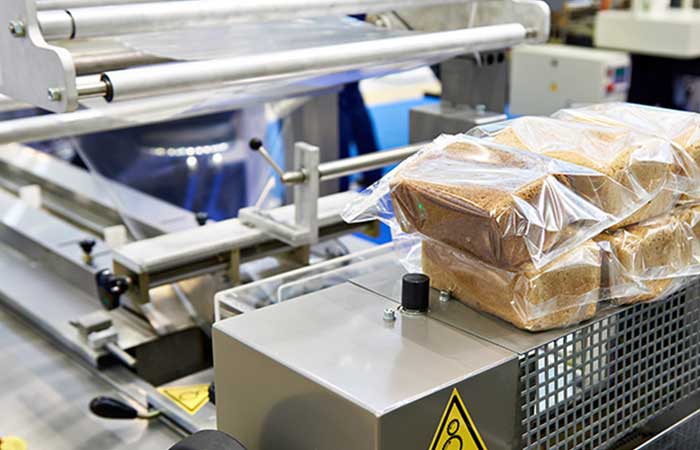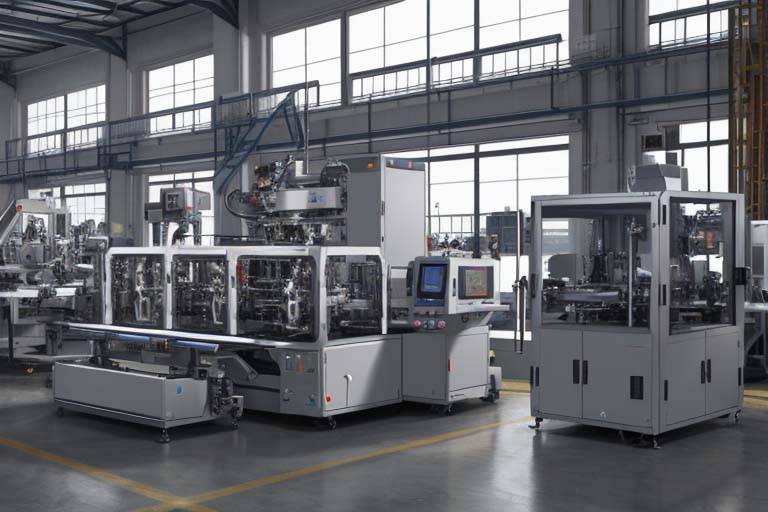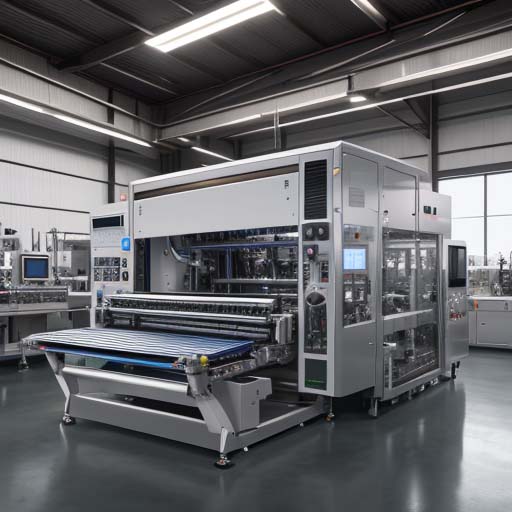Best Practices for Reusable Passive Thermal Packaging Systems
Best Practices for Reusable Passive Thermal Packaging Systems
In the world of temperature-sensitive shipments, a reliable and efficient passive thermal packaging system can make all the difference. To ensure the success of your shipments, it’s crucial to adhere to industry best practices when it comes to using reusable passive thermal packaging systems. Here, we’ll delve into a comprehensive guideline that outlines the key steps and strategies for maximizing the effectiveness of your thermal packaging.
1. Proper Selection of Packaging Materials
When choosing materials for your reusable passive thermal packaging system, opt for high-quality insulation materials such as vacuum panels, polyurethane foam, or reflective foils. These materials offer excellent thermal performance and help maintain the desired temperature throughout the shipment process.
2. Consideration of Environmental Factors
Take into account the environmental conditions that your shipments may encounter during transit. Factors such as temperature fluctuations, exposure to sunlight, and humidity levels can impact the performance of your thermal packaging. Choose packaging materials that can withstand these challenges effectively.
3. Optimal Design and Configuration
The design of your reusable passive thermal packaging system plays a significant role in its performance. Ensure that the packaging is properly insulated, with no gaps or air leaks that could compromise its thermal efficiency. Additionally, consider the configuration of the packaging to maximize space utilization and ensure ease of handling.
4. Testing and Validation Procedures
Prior to using your thermal packaging system for shipments, conduct rigorous testing and validation procedures to assess its performance under various conditions. This step is essential for identifying any potential weaknesses or areas for improvement in the packaging design.
5. Maintenance and Cleaning Protocols
Establish regular maintenance and cleaning protocols for your reusable passive thermal packaging system to ensure its longevity and performance. Regular inspections, repairs, and cleaning routines can help extend the lifespan of the packaging and maintain its thermal properties.
6. Compliance with Regulatory Standards
Ensure that your thermal packaging system complies with relevant regulatory standards and guidelines for temperature-sensitive shipments. Adhering to these regulations not only ensures the quality and safety of your products but also minimizes the risk of non-compliance issues.
7. Continuous Improvement and Innovation
Embrace a culture of continuous improvement and innovation when it comes to your reusable passive thermal packaging system. Stay informed about the latest advancements in thermal packaging technology and be open to implementing new strategies that can enhance the efficiency and sustainability of your packaging solutions.
-
01
Automatic Tray Loading and Packaging Equipment: Boost Efficiency to 160 Bags/Minute
21-11-2025 -
02
Automatic Soap Packaging Machine: Boost Productivity with 99% Qualification Rate
21-11-2025 -
03
A Deep Dive into Automatic Toast Processing and Packaging System
18-11-2025 -
04
The Future of Bakery Production: Automated Toast Processing and Packaging System
18-11-2025 -
05
Reliable Food Packaging Solutions with China Bread, Candy, and Biscuit Machines
11-10-2025 -
06
High-Performance Automated Food Packaging Equipment for Modern Production
11-10-2025 -
07
Reliable Pillow Packing Machines for Efficient Packaging Operations
11-10-2025 -
08
Advanced Fully Automatic Packaging Solutions for Efficient Production
11-10-2025 -
09
Efficient Automatic Food Packaging Solutions for Modern Production
11-10-2025 -
10
Advanced Automatic Packaging Equipment for Efficient Production
11-10-2025


















